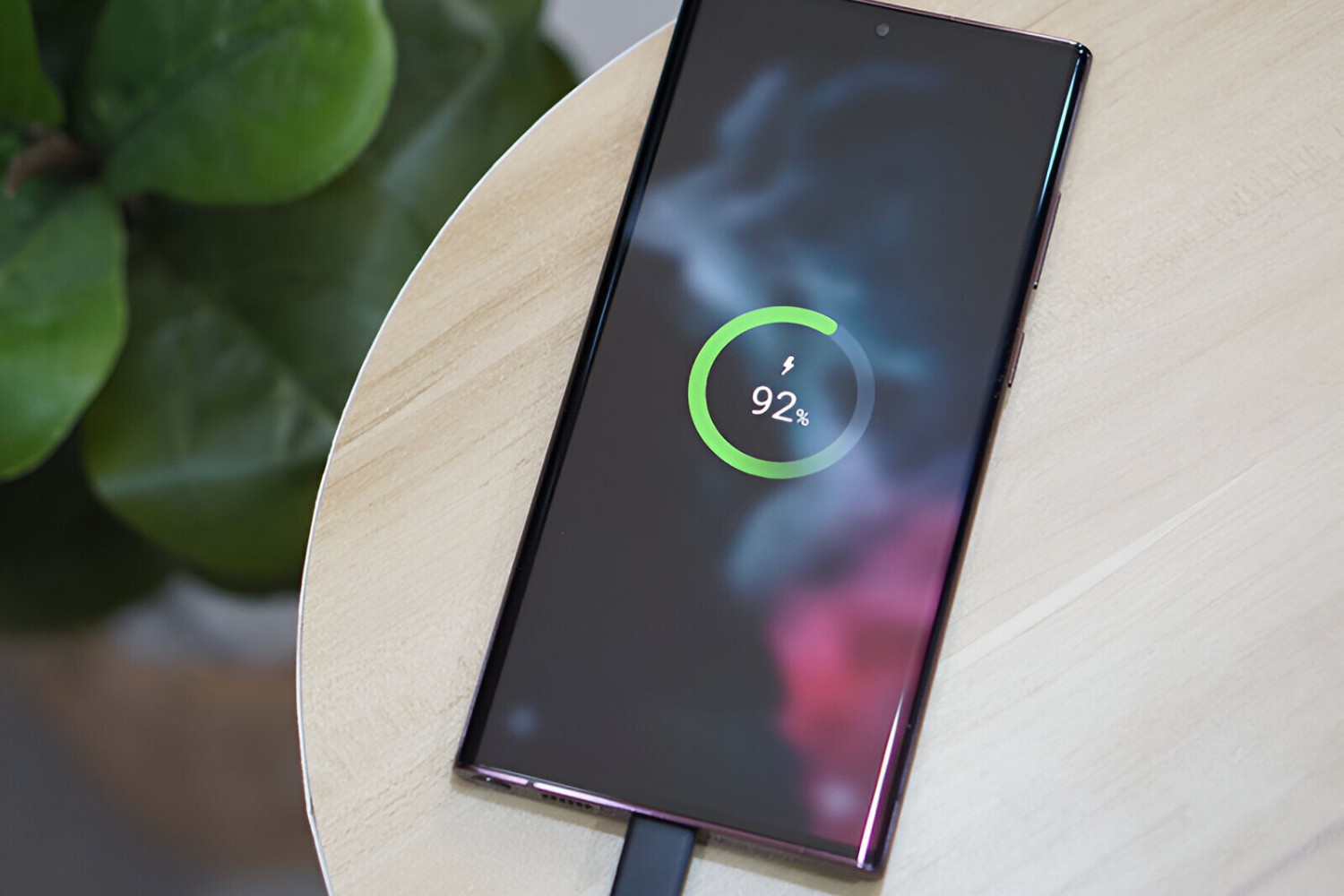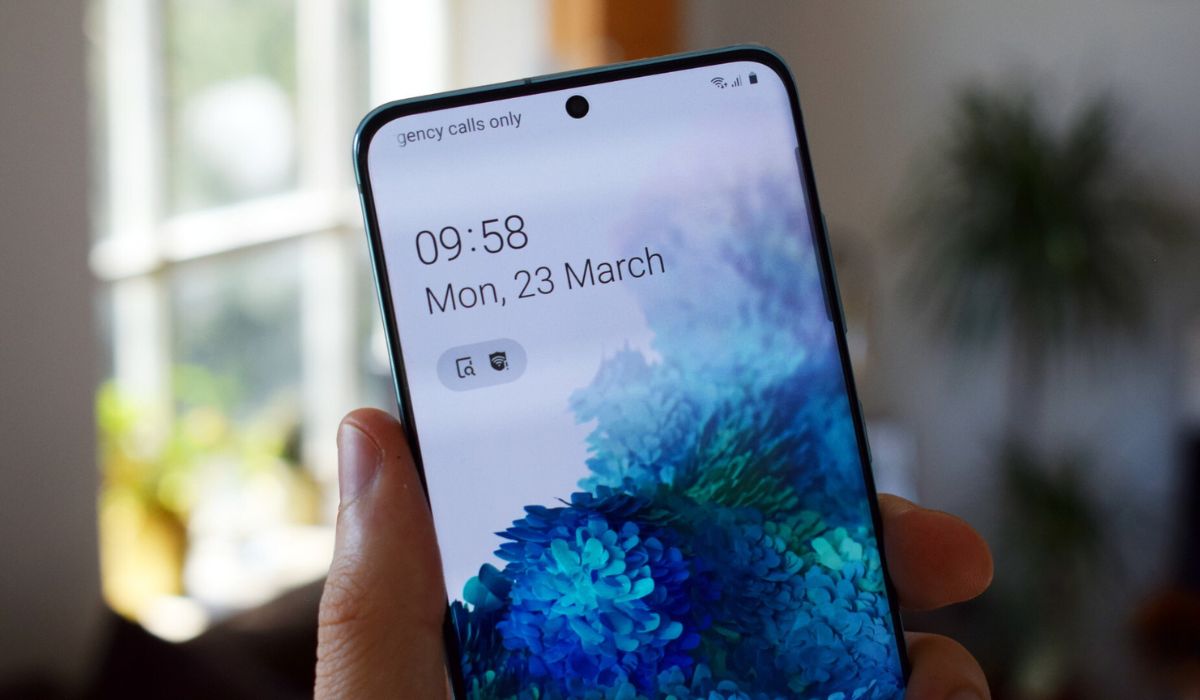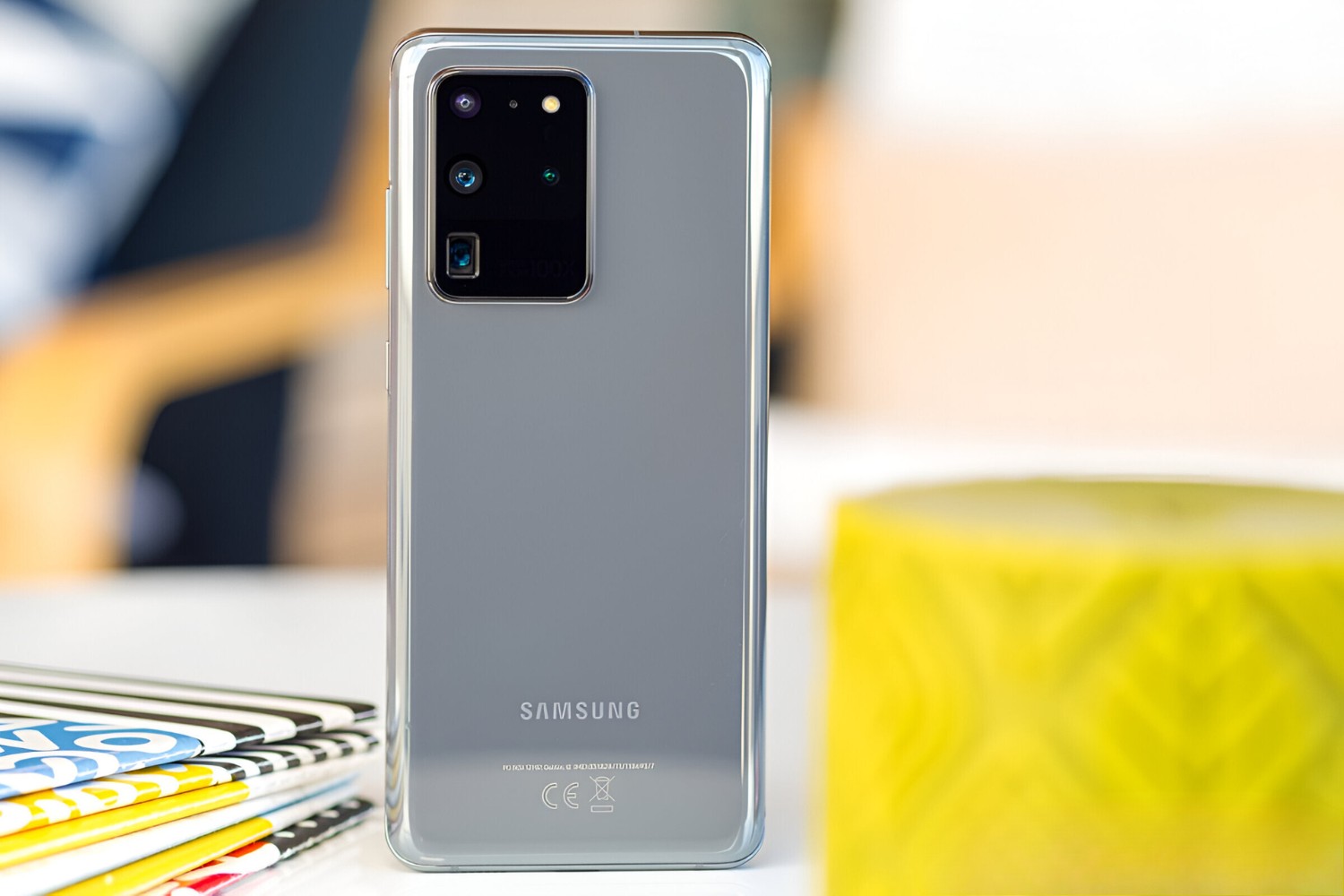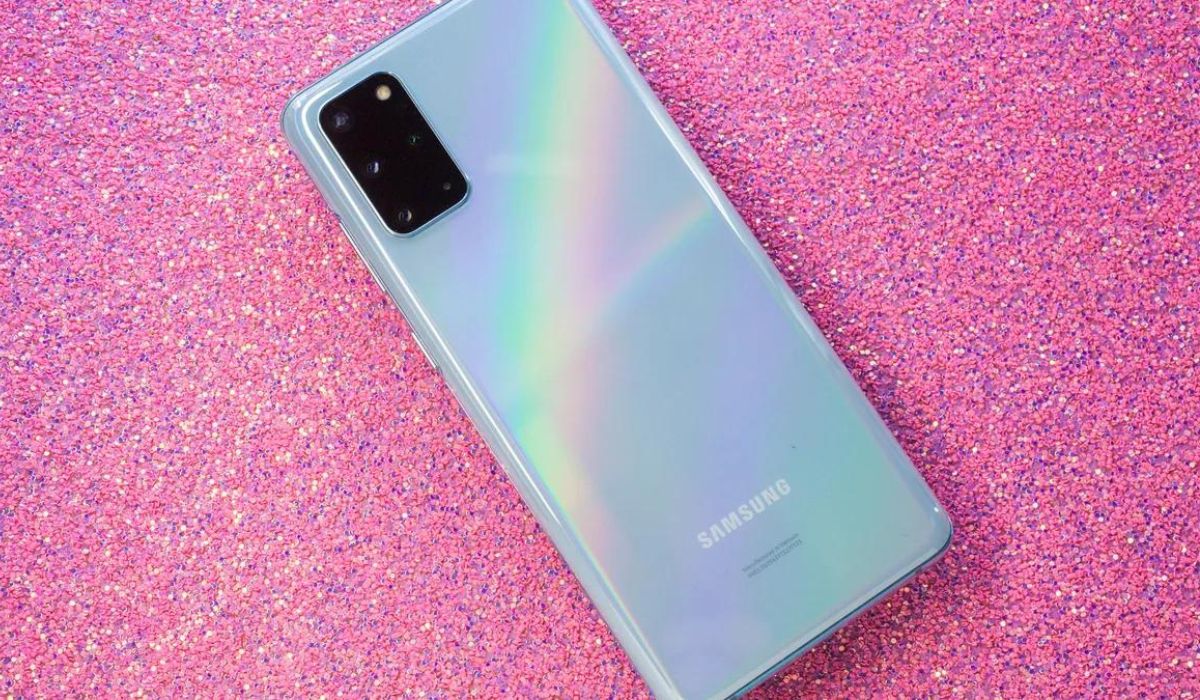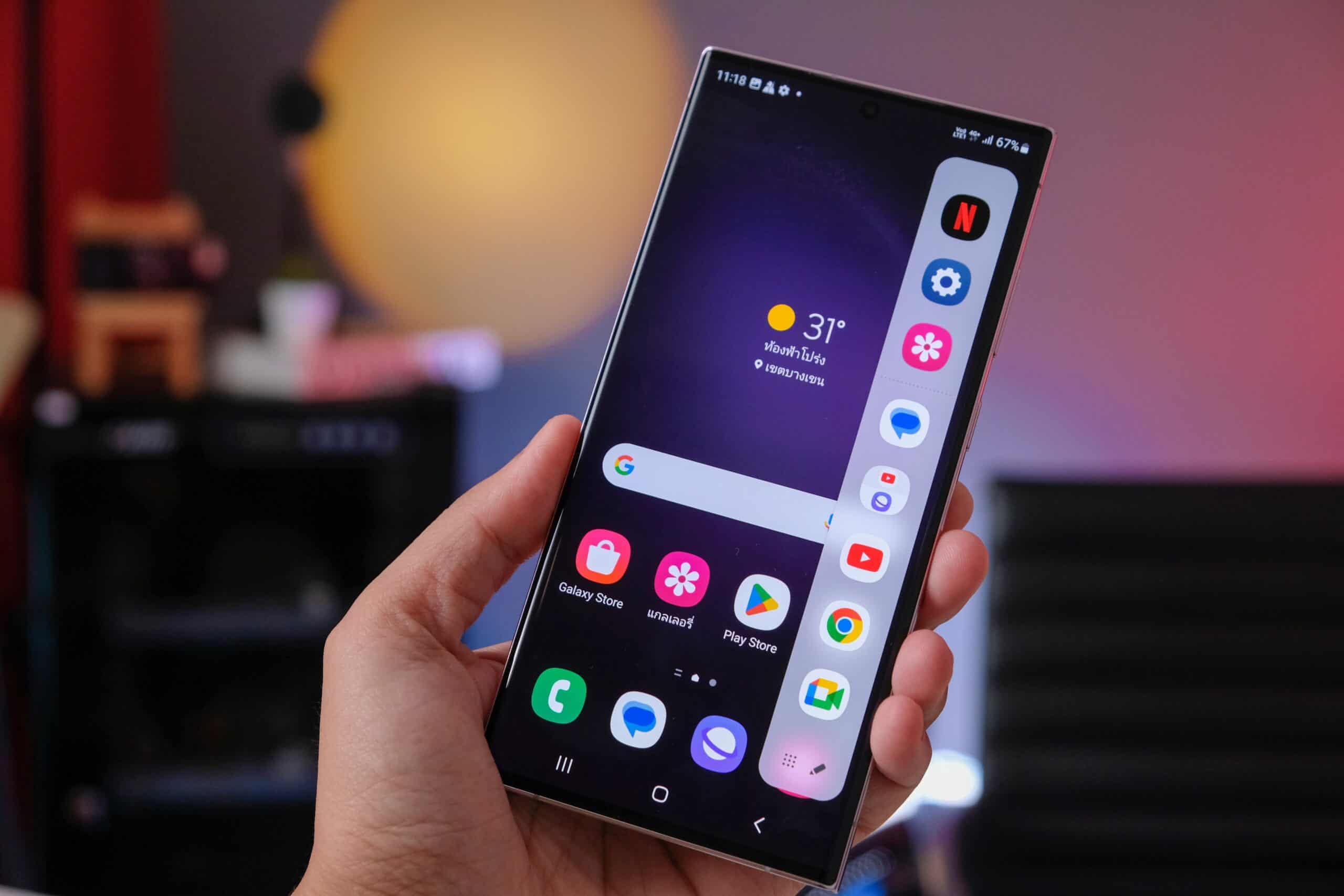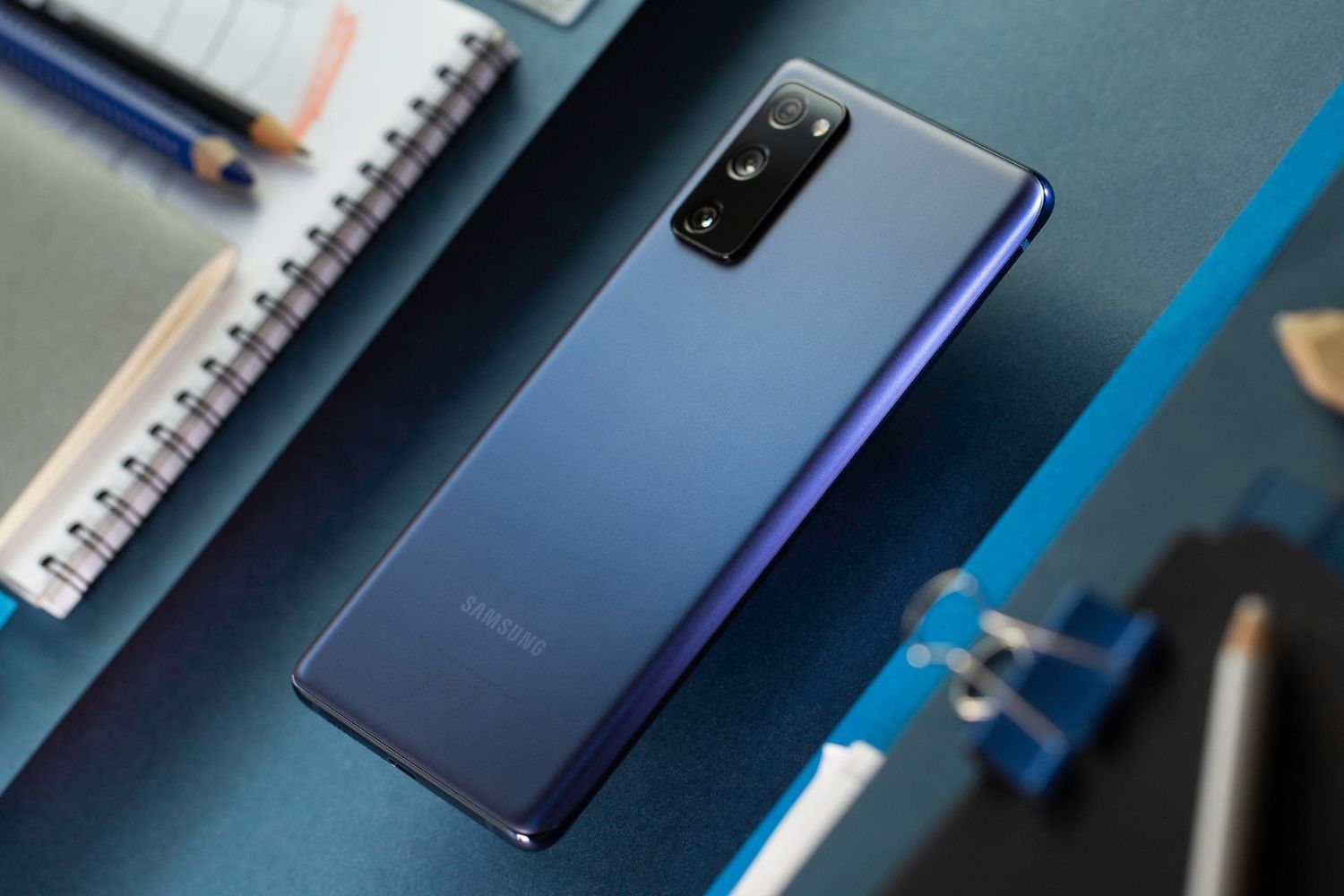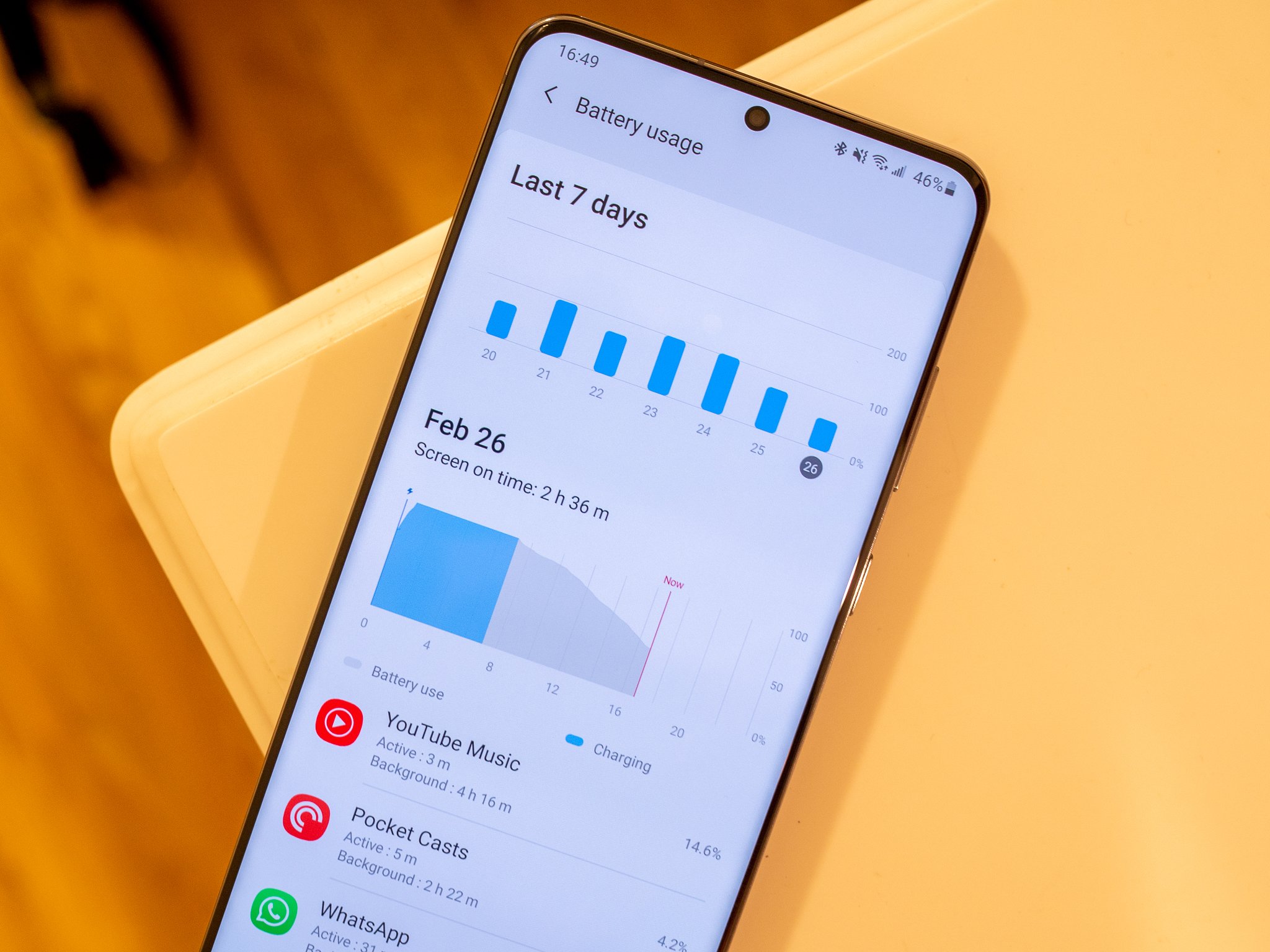Introduction
The Samsung S20 is a remarkable device that seamlessly integrates into our daily lives, serving as a hub for communication, entertainment, and productivity. One of the most crucial components of this cutting-edge smartphone is its battery, which powers its impressive capabilities. Understanding and monitoring the battery health of your Samsung S20 is essential for ensuring optimal performance and longevity.
As we rely on our smartphones for various tasks, from staying connected with loved ones to managing work responsibilities, the battery becomes a lifeline that must be carefully maintained. By proactively monitoring the battery health of your Samsung S20, you can gain valuable insights into its current condition and take necessary steps to preserve its efficiency.
In this article, we will delve into the importance of monitoring battery health, explore the methods for doing so on the Samsung S20, and provide valuable tips for maintaining optimal battery performance. Whether you're a tech enthusiast or a casual smartphone user, understanding the intricacies of battery health can empower you to make informed decisions and prolong the lifespan of your Samsung S20. Let's embark on this journey to uncover the secrets of maximizing your device's battery potential.
Why Monitor Battery Health
Monitoring the battery health of your Samsung S20 is crucial for several reasons. The battery is the lifeblood of your device, powering its operations and enabling seamless functionality. By keeping a close eye on its health, you can ensure that your Samsung S20 continues to deliver optimal performance and longevity.
1. Performance Optimization
A healthy battery directly impacts the performance of your Samsung S20. Over time, batteries degrade, leading to reduced capacity and efficiency. By monitoring the battery health, you can identify any decline in performance and take proactive measures to address it. This may involve adjusting settings, optimizing usage patterns, or seeking professional assistance if necessary.
2. Longevity Preservation
Effective battery monitoring contributes to the preservation of your Samsung S20's longevity. By understanding the current state of the battery, you can implement strategies to extend its lifespan. This may involve avoiding excessive heat exposure, managing charging habits, and adhering to best practices for battery maintenance. By doing so, you can maximize the lifespan of your device and delay the need for battery replacements.
3. Safety Assurance
Battery health monitoring also plays a pivotal role in ensuring the safety of your Samsung S20. In rare cases, battery issues can lead to overheating, swelling, or other potentially hazardous situations. By actively monitoring the battery's health indicators, you can detect early warning signs of potential safety concerns and take appropriate action to mitigate risks, thereby safeguarding yourself and your device.
4. Cost-Efficiency
By proactively monitoring battery health, you can potentially save on costs associated with premature battery degradation or unexpected malfunctions. Identifying and addressing battery issues early on can prevent more severe problems that may require costly repairs or replacements. This proactive approach can contribute to cost-efficiency in the long run, ensuring that your Samsung S20 remains a reliable and economical investment.
5. Environmental Impact
Effective battery health monitoring aligns with environmental sustainability efforts. By prolonging the lifespan of your Samsung S20's battery, you can reduce the frequency of battery replacements, thereby minimizing electronic waste. This conscientious approach contributes to environmental preservation and promotes responsible consumption of electronic devices.
In essence, monitoring the battery health of your Samsung S20 is not merely a matter of convenience; it is a proactive and responsible practice that encompasses performance optimization, longevity preservation, safety assurance, cost-efficiency, and environmental impact. By prioritizing battery health monitoring, you can uphold the integrity of your device while contributing to a sustainable and efficient technological ecosystem.
How to Monitor Battery Health on Samsung S20
Monitoring the battery health of your Samsung S20 is a straightforward yet essential process that empowers you to stay informed about the condition of your device's power source. By utilizing built-in features and third-party applications, you can gain valuable insights into the battery's performance and take proactive steps to maintain its health. Here's how you can effectively monitor the battery health on your Samsung S20:
1. Battery Settings
Navigate to the "Settings" menu on your Samsung S20 and select "Device Care." Within the Device Care section, tap on "Battery" to access detailed information about your battery usage, estimated remaining battery life, and power-hungry applications. This built-in feature provides a comprehensive overview of your battery's performance, allowing you to identify any irregularities or excessive power consumption.
2. Battery Usage Statistics
Within the "Battery" section of Device Care, tap on "Battery Usage" to view a breakdown of the applications and services consuming the most power. This feature offers valuable insights into the specific components of your Samsung S20 that are draining the battery, enabling you to optimize usage patterns and address any power-intensive activities that may be impacting battery health.
3. Third-Party Battery Health Apps
Explore the wide range of third-party applications available on the Google Play Store that specialize in battery health monitoring. These apps offer advanced features such as real-time battery status, detailed usage statistics, and customizable alerts for battery-related issues. By leveraging these applications, you can gain a deeper understanding of your Samsung S20's battery health and access additional tools for optimizing its performance.
4. System Updates
Regularly check for system updates on your Samsung S20, as these updates often include optimizations and enhancements related to battery performance. By ensuring that your device is running the latest software version, you can benefit from improved battery management features and overall efficiency, contributing to the sustained health of your device's battery.
5. Battery Health Reports
Some third-party battery health apps and system monitoring tools provide comprehensive reports on your battery's health, including capacity degradation over time and recommendations for maintaining optimal performance. These reports offer valuable insights into the long-term health of your Samsung S20's battery, empowering you to make informed decisions about usage habits and charging practices.
By leveraging the built-in features of your Samsung S20, exploring third-party battery health applications, staying updated with system enhancements, and reviewing detailed battery health reports, you can effectively monitor the battery health of your device. This proactive approach enables you to stay ahead of potential issues, optimize battery performance, and prolong the lifespan of your Samsung S20, ensuring that it remains a reliable companion in your daily endeavors.
Tips for Maintaining Battery Health
-
Optimize Charging Habits: Avoid leaving your Samsung S20 plugged in for extended periods once it reaches full charge. Unplugging the device when the battery is fully charged prevents overcharging, which can degrade the battery over time.
-
Mindful Charging: Charge your device in a cool, well-ventilated environment. Exposing your Samsung S20 to high temperatures during charging can impact battery health. Additionally, using the manufacturer-recommended charger and accessories ensures safe and efficient charging.
-
Battery-Friendly Settings: Explore power-saving features and optimize settings to reduce unnecessary battery drain. This includes adjusting screen brightness, enabling power-saving mode, and managing background applications to minimize power consumption.
-
Avoid Extreme Temperatures: Protect your Samsung S20 from extreme temperatures, as both excessive heat and cold can adversely affect battery performance. Avoid leaving your device in direct sunlight or exposed to frigid conditions for prolonged periods.
-
Regular Software Updates: Stay updated with the latest software releases for your Samsung S20. System updates often include optimizations for battery management, addressing potential issues and enhancing overall efficiency.
-
Limit Background Activity: Minimize the number of background applications running on your device to conserve battery power. Closing unused apps and managing app permissions can help reduce unnecessary battery drain.
-
Opt for Dark Themes: Utilize dark themes and wallpapers on your Samsung S20's display, especially if it features an AMOLED screen. Dark themes consume less power, as they require fewer pixels to illuminate, contributing to prolonged battery life.
-
Battery Health Monitoring Apps: Consider installing reputable battery health monitoring apps from the Google Play Store. These apps provide real-time insights into battery performance, usage statistics, and personalized recommendations for maintaining optimal battery health.
By incorporating these tips into your daily smartphone usage, you can actively contribute to the preservation of your Samsung S20's battery health. Implementing these practices not only enhances the performance and longevity of your device but also ensures that you can rely on your smartphone for extended periods without compromising on battery efficiency.
Conclusion
In conclusion, monitoring the battery health of your Samsung S20 is a proactive and essential practice that empowers you to optimize performance, preserve longevity, ensure safety, and contribute to cost-efficiency and environmental sustainability. By understanding the significance of battery health monitoring and implementing the recommended strategies, you can elevate your smartphone experience while safeguarding the integrity of your device's power source.
The Samsung S20, with its advanced features and seamless functionality, relies on a robust and healthy battery to deliver consistent performance. Through diligent monitoring of battery health indicators, such as usage statistics, charging habits, and system updates, you can gain valuable insights into the current state of your device's battery. This knowledge equips you to make informed decisions and take proactive measures to maintain optimal battery performance.
Furthermore, the tips provided for maintaining battery health offer practical and actionable guidance for integrating battery-friendly practices into your daily smartphone usage. From mindful charging habits to leveraging power-saving features and exploring battery health monitoring apps, these tips serve as a comprehensive framework for preserving the efficiency and longevity of your Samsung S20's battery.
By prioritizing battery health monitoring and implementing the recommended tips, you can extend the lifespan of your Samsung S20's battery, reduce the likelihood of unexpected malfunctions, and contribute to environmental sustainability by minimizing electronic waste. This conscientious approach aligns with responsible consumer behavior and promotes a sustainable technological ecosystem.
In essence, the journey to monitor and maintain the battery health of your Samsung S20 is not merely a technical endeavor; it is a testament to your commitment to maximizing the potential of your device while embracing sustainable and efficient usage practices. By embracing these principles, you can enjoy a seamless and reliable smartphone experience, knowing that you are actively contributing to the longevity and environmental impact of your Samsung S20.
In the fast-paced digital landscape, where smartphones play an integral role in our daily lives, the proactive management of battery health emerges as a cornerstone of responsible device ownership. By embracing this holistic approach, you can unlock the full potential of your Samsung S20 while ensuring that it remains a dependable companion in your endeavors, both now and in the future.







